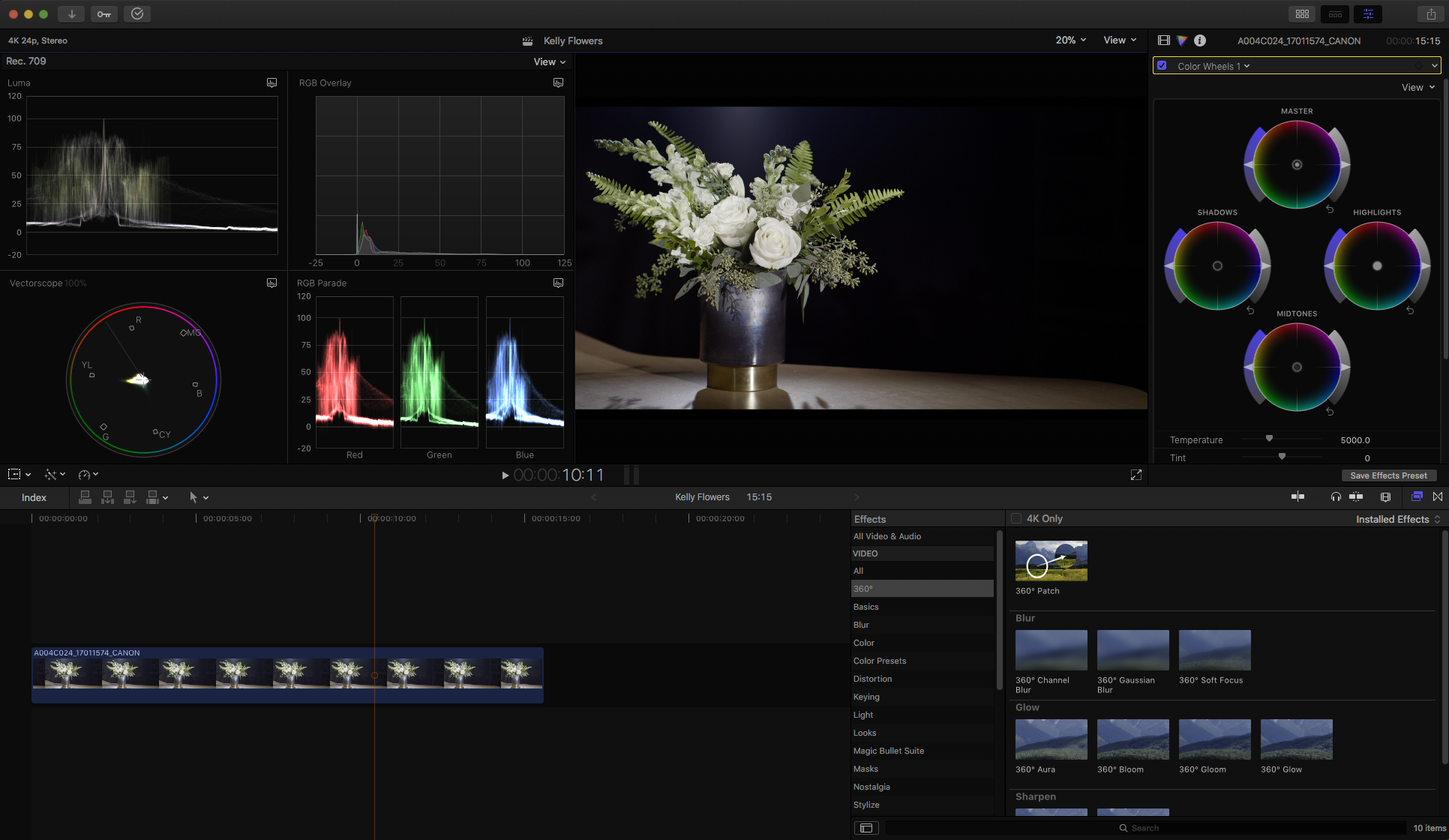

Besides that you can always change the position and length of subtitles (with markers you can’t…easily)Ĭhanging the layout of FCPXTRA Subtitles is easy. With the great benefit that they appear in your Timeline-browser (shift-cmd-2, click ‘Clips’ and then ‘’Titles’), so you can have an overview of your stuff. I mean, markers are nice, but (sub)titles help me to explain more about the edit while I’m previewing it. Not only to translate languages, but also to annotate certain clips without using markers. And now I have written it, I discover much more benefits. I think my own plugin FCPXTRA Subtitle is the best solution out there. I think now I’ve created something better.ĮXAMPLE OF SUBTITLES GENERATED BY FCPXTRA, COMPLIANT TO BROADCAST STANDARDS HERE IN THE NETHERLANDS I’ve done all that too much by now, only because creating subtitles in FCPX was too clumsy for me.īefore I wrote my FCPXTRA Subtitle plugin the best and fastest way to do subtitles in FCPX was to listen to my interview, set in-point, listen, set out-point, go back to in-point, open the inspector and type the right text…time and time again. Inside means no more fiddling around with external applications, exporting xml’s, importing SRT of STL files. That’s why I wrote FCPXTRA Subtitle, a plugin that uses Applescript GUI Scripting to create subtitles INSIDE FCPX.

To translate my footage afterwards back in the Netherlands is often too expensive or even impossible, so I have to do it on location with a local translator because I often deal with languages and dialects that are so local that I can’t even find a translator here in the Netherlands (for instance the Inuit-people of Kamchatka, a jungle tribe in the Philippines, or locals in South Sudan ( check my vimeo page for more)

Not only for the final edit, that needs to be translated for broadcast here in the Netherlands, but also for translation while I’m still on location somewhere in the world. I needed a good solution for subtitles and captions.


 0 kommentar(er)
0 kommentar(er)
